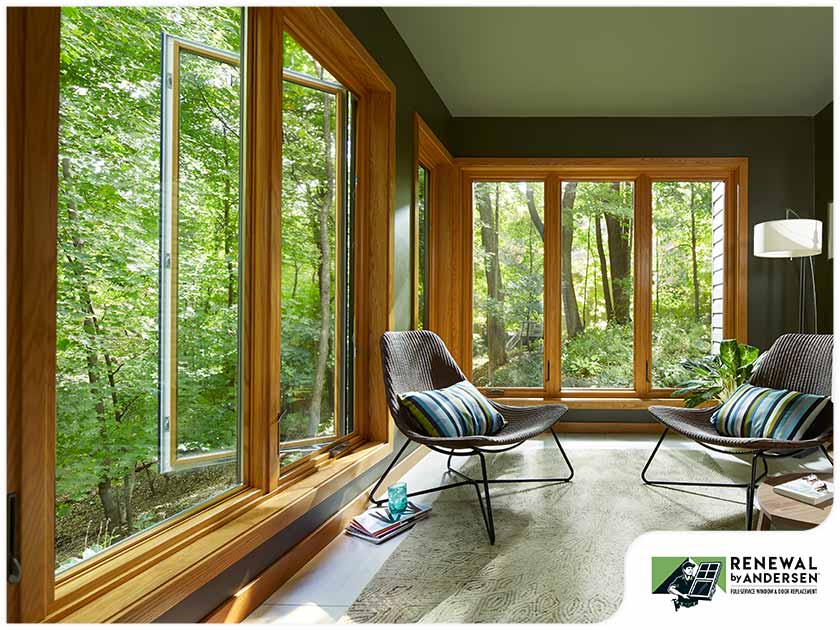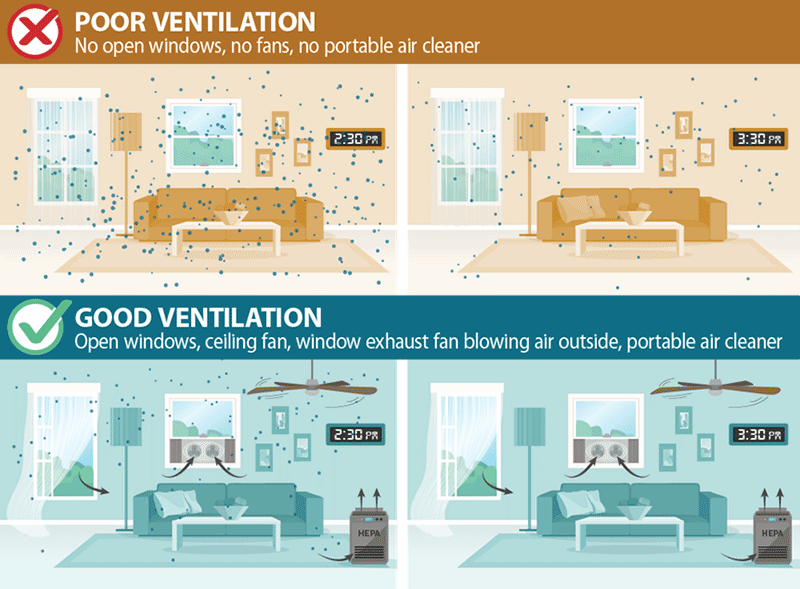Top 7 Benefits of Choosing Home Ventilation Melbourne Solutions
The Role of Home Air Flow in Protecting Against Mold and Indoor Allergens
Home air flow is an essential component in keeping a healthy interior environment. It manages humidity degrees, which can prevent the development of mold and mildew and the build-up of irritants. Numerous home owners ignore the significance of correct ventilation, often causing unseen problems. Recognizing exactly how air flow systems function and their effect on air quality could be the secret to a much healthier space. What steps can be required to boost these systems efficiently?
Recognizing Home Air Flow Systems
While several property owners may ignore the importance of ventilation, understanding home ventilation systems is crucial for maintaining indoor air high quality and avoiding mold and mildew growth - Home Ventilation Melbourne. These systems help with the exchange of stagnant interior air with fresh exterior air, properly reducing pollutants and wetness levels. Typical kinds consist of all-natural air flow, which counts on wind and temperature level differences, and mechanical ventilation, which utilizes fans and ducts to manage air movement. In addition, well balanced ventilation systems combine both methods to optimize air quality. Correctly developed and preserved air flow systems can aid manage temperature level and moisture, ensuring a comfy living setting. Home owners should consider variables like home layout, climate, and tenancy when choosing a ventilation system to best match their demands and enhance general air quality
The Effect of Moisture on Mold And Mildew Development
Moisture plays an important duty in mold development, making it a crucial variable for property owners to check. Mold and mildew thrives in environments where moisture degrees surpass 60%, as these problems offer the wetness required for spores to germinate and proliferate. High humidity can arise from various resources, consisting of inadequate air flow, water leakages, and food preparation or bathing tasks. When humidity levels stay raised, mold can establish swiftly on organic products such as textile, drywall, and wood. Home owners ought to use dehumidifiers and assure proper ventilation in areas vulnerable to moisture, such as cellars and restrooms. Maintaining indoor humidity in between 30% and 50% can greatly decrease the danger of mold and mildew development, adding to a healthier living atmosphere.
Recognizing Usual Indoor Allergens
Indoor atmospheres can harbor a range of irritants that impact health and wellness and convenience. Usual indoor irritants consist of allergen, pet dog dander, mold and mildew spores, and pollen. Allergen grow in bedding, rugs, and upholstery, eating natural material and contributing to respiratory issues. Animal dander, composed of tiny flakes from skin and fur, can activate sensitive reactions in delicate people. Mold and mildew spores, typically existing in moist areas, can proliferate and affect air top quality. In addition, plant pollen can infiltrate homes through open windows or on clothing. Recognizing these irritants is necessary for preserving a healthy indoor setting. Recognition of their visibility allows property owners to take proactive actions to decrease direct exposure and improve overall interior air high quality.
Benefits of Correct Ventilation
Proper air flow is vital for maintaining a healthy and balanced interior environment, as it aids to control air quality have a peek here and lower the look at this now accumulation of pollutants. Ample airflow promotes the exchange of interior and outdoor air, therefore thinning down dangerous substances such as unpredictable organic substances, allergens, and dust. This process not just enhances convenience yet likewise adds to the general well-being of owners by minimizing respiratory system problems (Home Ventilation Melbourne). Moreover, appropriate air flow efficiently regulates humidity levels, lowering the possibility of mold and mildew development and promoting a drier setting favorable to wellness. In addition, it can improve energy performance by making sure that home heating and cooling systems run extra effectively, causing lower energy prices. On the whole, proper ventilation is a critical element in advertising a healthy and balanced and safe space

Tips for Improving Home Air Flow
Several home owners may overlook it, boosting home air flow is essential for enhancing air quality and preventing mold growth. One effective strategy is to routinely open windows to promote cross-ventilation, allowing fresh air to circulate. Installing exhaust fans in bathrooms and kitchens can efficiently remove moisture-laden air, reducing humidity degrees. Home owners need to additionally think about utilizing air purifiers with HEPA filters to record pollutants and allergens. Regularly maintaining HVAC systems, consisting of altering filters, guarantees come to a head air flow and efficiency. Securing leaks around home windows and doors can prevent outdoors air from going into, which aids preserve a constant interior environment. Ultimately, including houseplants can naturally boost air high quality while including aesthetic worth to the home.
Often Asked Questions
Exactly how Typically Should I Clean My Home Ventilation System?
Establishing exactly how usually to clean up a home air flow system depends on different variables, including use and environmental conditions. Home Ventilation Melbourne. Usually, professionals suggest a thorough cleansing every 3 to five years to preserve ideal air flow and performance
Can Plant Kingdom Assist Lower Indoor Allergens?
Research suggests that particular interior plants may help in reducing allergens by boosting air quality and enhancing moisture. Their efficiency varies, and preserving a tidy setting continues to be vital for taking care of indoor allergens effectively.
What Kinds Of Air Filters Are Finest for Mold Prevention?

Exist Specific Ventilation Needs for Basements?

How Do I Know if My Air Flow Is Functioning Successfully?
To establish effective ventilation, one must check moisture degrees, check airflow through vents, and observe indications of condensation or stationary air. Regular analyses can suggest whether the system adequately flows and exchanges interior air.
Recognizing just how air flow systems feature and their influence on air top quality can be the trick to a much healthier living room. While several homeowners might overlook the importance of air flow, recognizing home air flow systems is crucial for keeping interior air high quality and stopping mold and mildew growth. Typical types index consist of all-natural air flow, which counts on wind and temperature level distinctions, and mechanical air flow, which uses ducts and followers to regulate air movement. Correct air flow is necessary for preserving a healthy indoor setting, as it aids to control air quality and reduce the build-up of contaminants. Numerous house owners may forget it, improving home air flow is crucial for improving air top quality and stopping mold development.